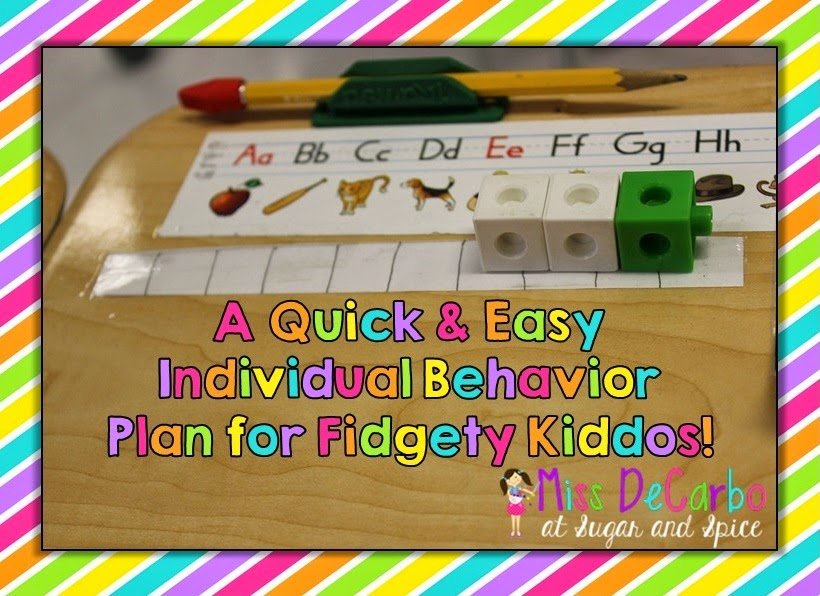Common Core Teaching Week 1: Text Complexity
Last night I attended a Literacy K-5 Lead Teacher meeting to learn about new initiatives in testing and evaluations within the state of Ohio. Today, my kids had a sub while I attended a full day of Common Core training in literacy, new learning targets, and changes in instruction that need to take place for our students to be successful at the new state assessments.
Once a week, over the month of October, I hope to begin to share with you some of the instructional methods and teachings I learned to help our students be successful within the Common Core and (Ohio’s) new state testing. Do I have any followers from Ohio? If you’re from the big O-H, I’d love for you to leave a comment and say hello! 🙂
Tonight’s information is on Text Complexity.
One of the things we will need to focus as we move into the Common Core is the text complexity of our students’ books and the complexity of our read-alouds. 80% of the books students read should be challenging text, or “on grade level.” The remaining 20% of the texts students read should be complex text, or “stretch text.” Stretch text also refers to a text that is above grade level. These “stretch texts” should be modeled and supported by the teacher through discussions, think alouds, and a great deal of modeling. Stretch texts allow our students to move beyond the basics and be s-t-r-e-t-c-h-e-d in their thinking and comprehension.
“So how does this look in MY classroom?”
There are a few things you can do:
-Check the lexile level for the text. If you are unsure of what a Lexile Level is, visit this FREE
website to analyze a text, view charts and data, and find lists of books at your grade
level’s appropriate Lexile level.
| Grade Band |
Current Lexile Band |
“Stretch” Lexile Band* |
| K–1 | N/A | N/A |
| 2–3 | 450L–725L | 420L–820L |
| 4–5 | 645L–845L | 740L–1010L |
| 6–8 | 860L–1010L | 925L–1185L |
| 9-10 | 960L–1115L | 1050L–1335L |
| 11–CCR | 1070L–1220L | 1185L–1385L |
–Your read alouds should all be above grade level. The reasoning for this is because you,
the teacher, is doing the reading. Therefore, we need to be modeling, discussing, and
thinking aloud the strategies and reading skills that occur during complex texts.
Students are able to be successful with this read aloud because you are modeling and
facilitating in the discussion. Our presenter stressed the importance of the teacher
facilitating the conversation instead of leading the conversation regarding a text.
–Understand Qualitative Text. Ask yourself: “Is this text worthy of spending time on it?” If it
doesn’t seem like a book that you can really “dig into” with your students, then it is
probably not complex enough to stretch your students’ minds. My co-workers who know
me well know I am not an advocate for basal readers. This was brought up in my
meeting today by the presenter.
Our presenter today reminded us that “It’s about the depth NOT a story a week.” Hmm… 🙂 It is really what all of us who are advocates of Daily 5 have been trying to say for awhile now: Let go of the worksheets and get your students to read. The days of “fill in the blank” are gone. Welcome to a world of critical thinking!
-Remember, the Common Core emphasizes a deep understanding, application, and the
ability to analyze a text. The following picture shows you what the model of text
complexity includes. In addition to qualitative and quantitative dimensions, the teacher
needs to also take into consideration the needs, motivations, and interests of the
reader, as well as the overall task or outcome the child is expected to demonstrate.

CLICK HERE for a great link that shows you a list of common books at your grade level and their Lexile Levels. I hope this post gives you a better understanding and idea of what text complexity is within the new CCSS. Next week, I will share some strategies and instructional ideas that you can use to help your students discuss and understand a stretched text! 🙂
Happy Learning,







Thank you for the great information! Very useful!
I am so excited for all this information. Since I am not in a classroom (budget cuts) and I don't get the new Common Core training I am always on the lookout for information and resources. So thank you so much for sharing your new found knowledge, I will look forward to all your posts.
Shawna
The Picture Book Teacher's Edition
I-O! This is great information—thanks for sharing 🙂 I'm looking forward to reading everything else you have to share!